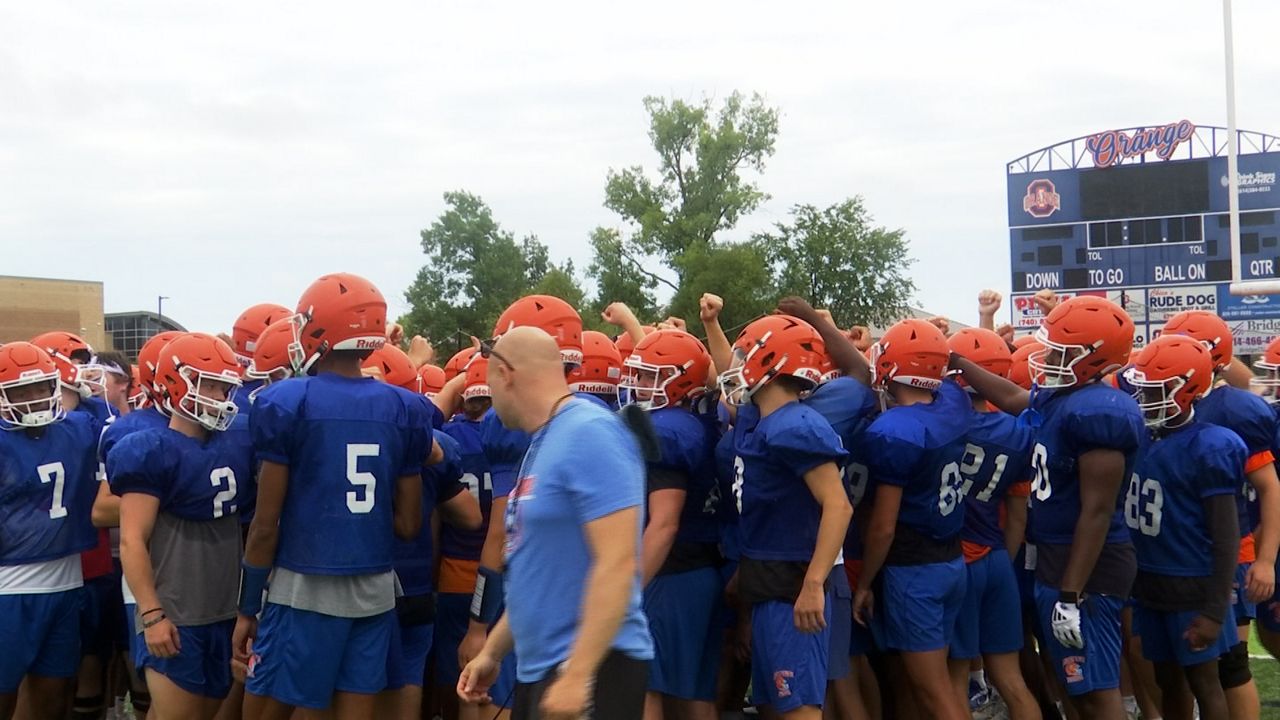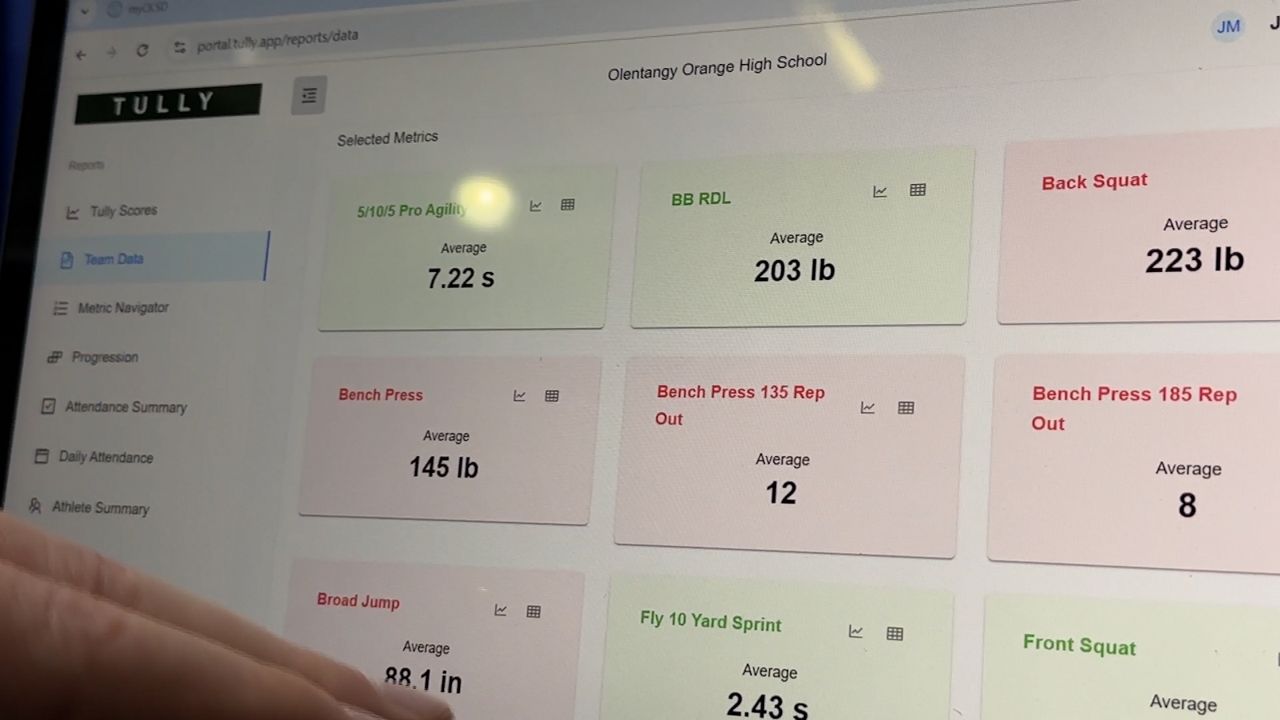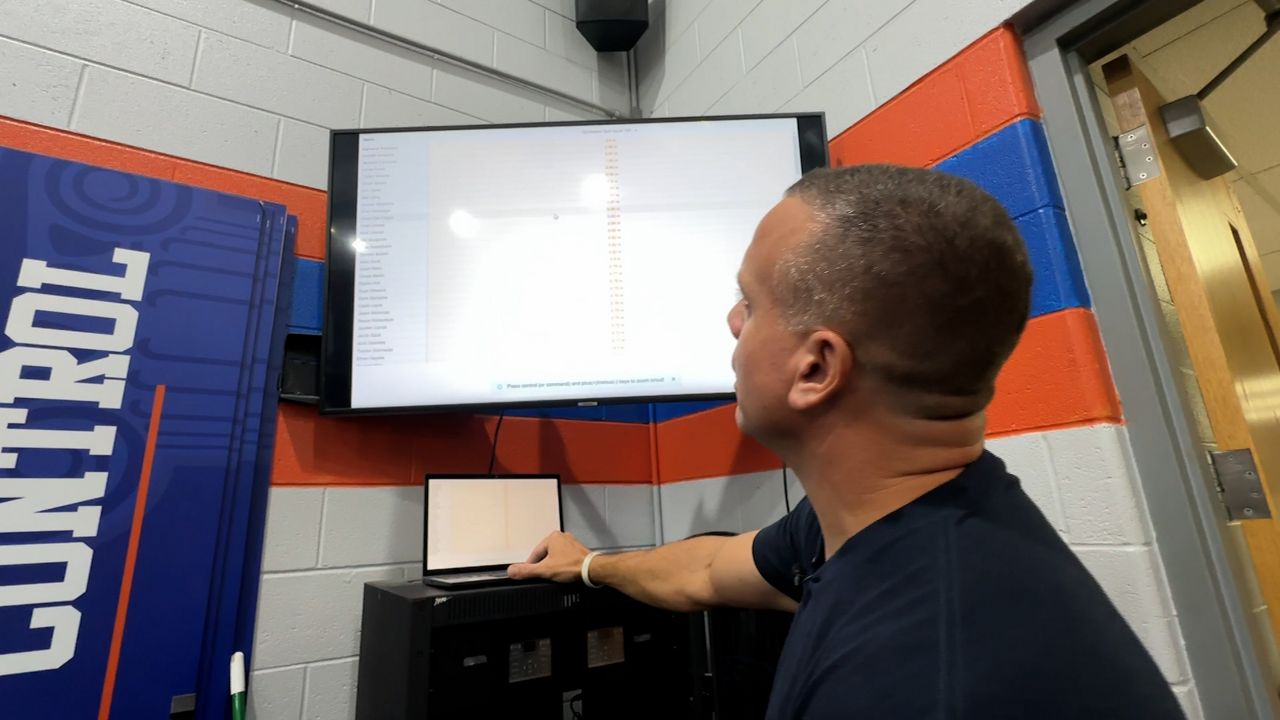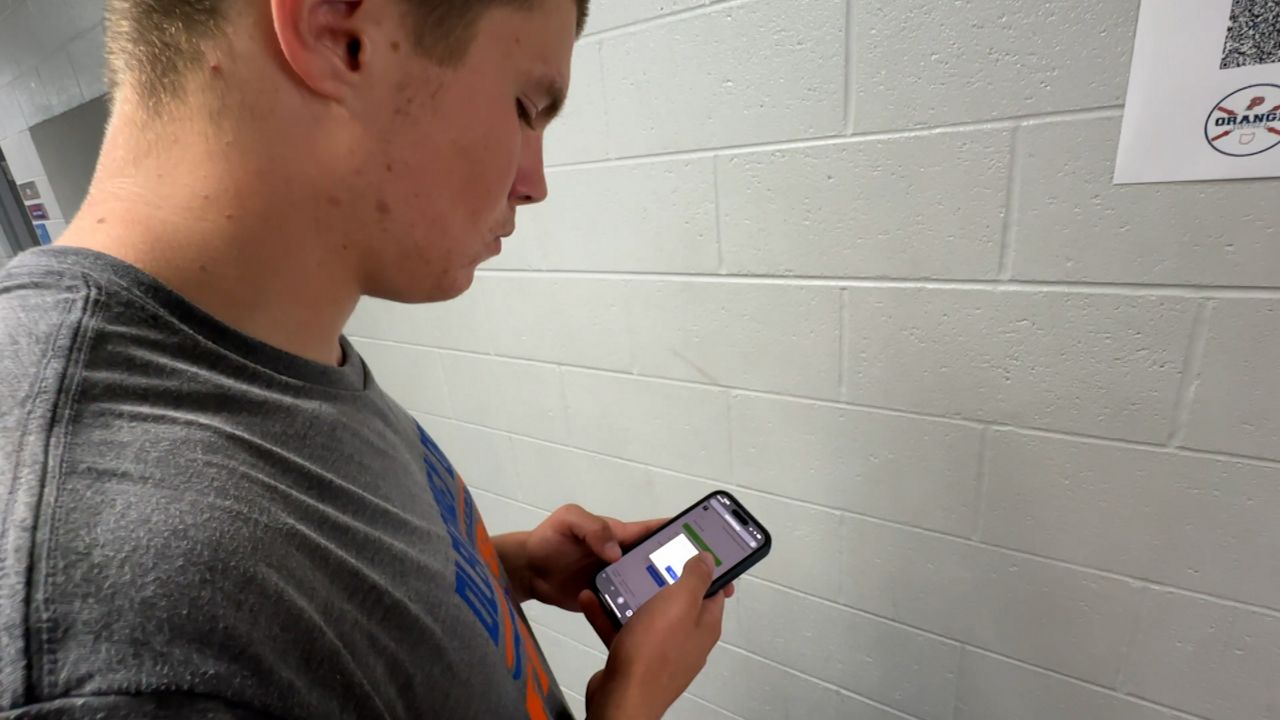Sports
High schools using technology to enhance sports performance

COLUMBUS, Ohio — Technology is making its way to high school sports- and several Ohio schools are utilizing a new way to access and record data.
What You Need To Know
- Tully works to make collecting and analyzing data for athletes and coaches easier
- Olentangy Orange is one of about 20 Ohio schools using Tully
- Tully was created by northeast Ohio native and former NFL player Adam Redmond
- Athletes said they like being able to see their stats alongside their teammates in real time
Practice makes perfect for these high school athletes. Whether it’s on the field, or in the weight room these football players are doing everything they can to get better.
For Olentangy Orange’s strength coach Jason McKendrick, that means implementing new technology to make his life easier, but also his athletes stronger.
Jason McKenrick coaches the football players in the weight room Olentangy Orange is one of about 20 schools in Ohio using Tully. (Spectrum News 1/Katie Kapusta)
“Now, it’s just automatic where they’re collecting it and it makes my life so much easier,” McKendrick said. “I can actually coach instead of collecting the data.”
Orange is one of about 20 Ohio high schools implementing Tully, a start-up technology business that makes gathering data on the field or in the weight room much easier.
“It really has to be, a tool that’s flexible, that simple.” said Adam Redmond the co-founder and CEO of Tully. “Really for us, that’s kind of been the key to success is something that that works, you know, almost in the background to, to plug in to what people are already doing, not asking more of them, but actually saving them time.”

Adam Redmond is a Walsh Jesuit graduate (Spectrum News 1/Katie Kapusta)
Redmond used his past experience of playing football in college and the NFL to help create the business.
“All I cared about was am I improving and how do I compare to my teammates, you know, am I on track with everybody else?” he said. “And so those ideas are really what we poured into Tully.”
The northeast Ohio native along with his Harvard teammate created the technology to be easy for athletes to input data with a QR code which then goes directly onto the live screen where athletes can see where they rank.

Tully shows all sorts of stats for athletes (Spectrum News 1/Katie Kapusta)
“If you’re being asked to do all these things, you know, practices and training and sometimes you’re like, where do I stand?” he said. “It’d be like going to class and never getting a grade. It’s like, what? How? How am I doing? I want to know, you want to get better. And so, hearing that feedback is really powerful.”
“It’s right there in front of everybody,” McKendrick said. “They get to see it. And then they want to compete because they don’t want to be at the bottom of that list. They want to be at the top.”

McKenrick shows the leader board in the weight room (Spectrum News 1/Katie Kapusta)
Athletes in all sports say that’s one of their favorite parts.
“I also like seeing what other people can get so it’s like a competitive factor so you don’t want to get behind, you always want to work hard, especially if someone is beating you,” Nick Liberati a senior offensive lineman said.

Nick Liberati puts his data into Tully (Spectrum News 1/Katie Kapusta)
For McKendrick, it makes his job that much easier.
“When it’s being done automatically again, it makes our job so much easier,” he said. “Instead of worrying about collecting data for the coach to see it, it’s being done. We’re able to coach technique. We’re able to get on them a little bit to increase intensities.”







